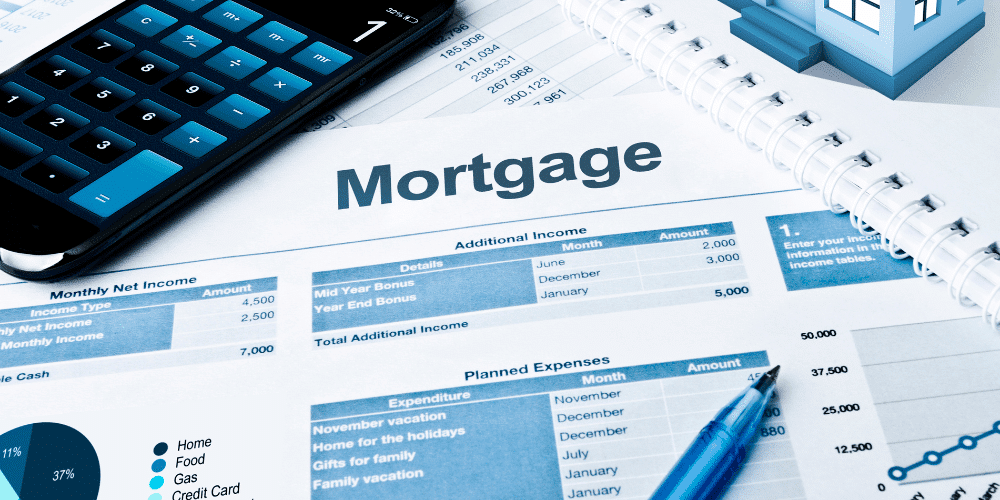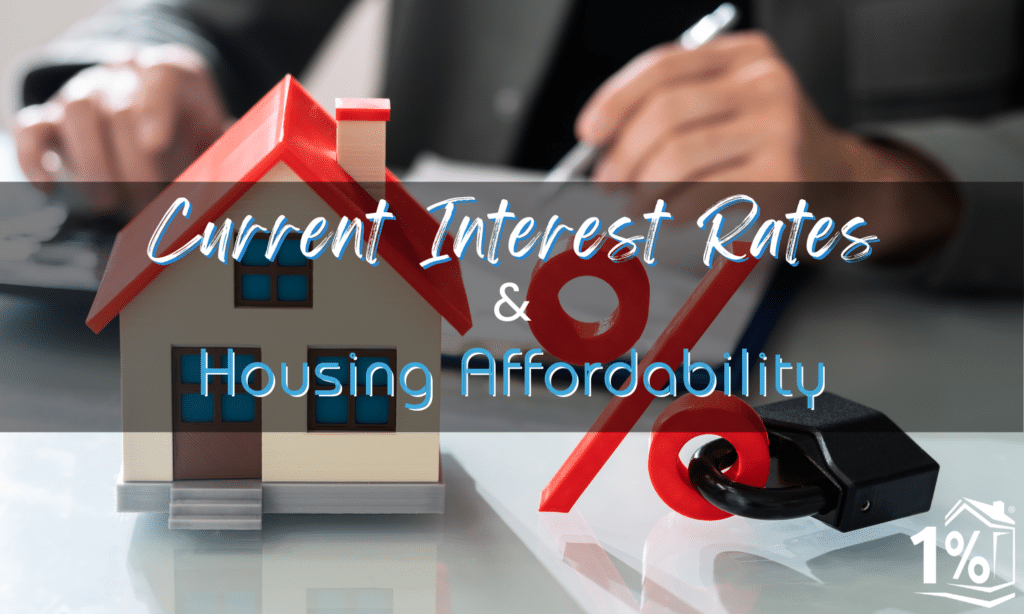The housing market is experiencing a surge in demand, leading to a nationwide increase in prices. With rising interest rates, many people are worried about their ability to afford a home.
To comprehend the situation better, let’s consider the historical trends of interest rates. Although rates have been rising lately, they are still historically low at 6-7%. This means that many Americans can still achieve homeownership.
In this article, we will explore the current state of housing affordability in relation to interest rates. We’ll analyze the fluctuation of interest rates over time and the factors influencing the market. Additionally, we’ll discuss how housing affordability is assessed and the feasibility of owning a home in today’s market. Finally, we’ll delve into the potential future of interest rates and its implications for buyers.
Understanding the link between interest rates and housing affordability is crucial for making informed decisions. This is true whether you’re a first-time buyer or an experienced investor. So let’s examine the current state of the housing market.

Historic interest rates
Interest rates have always played a vital role in the housing market, and their historical context reveals notable fluctuations.
According to data from Freddie Mac, interest rates reached their peak in 1981, averaging around 16.63%. However, the actual rates varied based on factors such as location, credit score, and lender. During that period, some borrowers faced rates as high as 18-20%. In contrast, from the 2010s to 2022, interest rates were historically low, with certain lenders offering rates below 3%.
Currently, home loan interest rates are approximately 6-7%. Although higher than in recent years, they remain relatively low compared to historical rates. In the past, interest rates have had a significant impact on the housing market.
High rates make it more expensive to borrow money for home purchases. This potentially leads to decreased demand and even causes home prices to decline. On the other hand, low rates make borrowing more affordable, resulting in increased demand and potentially higher home prices.
Moreover, interest rates can influence the availability of loan options for borrowers. When rates are low, adjustable-rate mortgages (ARMs) may become popular. These loans offer lower rates for a fixed period before potentially adjusting upward.
Next, we’ll examine how housing affordability is assessed and the feasibility of owning a home in the current market.
How current rates stack up
Despite being slightly higher than recent lows, current interest rates remain low compared to historical rates. This makes homeownership a feasible option for many Americans. As of May 17, 2023, the average interest rate for a 30-year fixed mortgage was approximately 6.89%. While for a 15-year fixed-rate mortgage, it was around 6.23%.
Interest rates are influenced by various factors, including inflation, economic growth, and the supply and demand for money. The Federal Reserve plays a crucial role in determining interest rates through its monetary policy decisions. In times of economic hardship, the Federal Reserve may lower interest rates to stimulate borrowing and foster economic growth. Conversely, during periods of rapid economic expansion, the Federal Reserve may increase interest rates as a measure to curb inflation.
Understanding these factors and their impact is essential for buyers and homeowners to make informed decisions in the housing market.
How has this affected housing affordability?
Current interest rates have made homeownership more feasible for many Americans than ever before, with rates hovering around 6-7%. This presents an excellent opportunity to invest in a home.
Lower interest rates bring significant benefits, such as reduced monthly mortgage payments and increased affordability. For example, let’s look at a 2% decrease on a 30-year fixed-rate mortgage for a $350,000 home. That could result in savings of up to $110,000 over the loan term. This leads to substantial savings and improved overall affordability.
Apart from the financial advantages, homeownership offers various other benefits. Firstly, it allows individuals to build equity in their property over time. This can serve as a financial safety net and potential source of wealth.
Secondly, homeownership provides stability in housing costs, which is particularly valuable during periods of economic uncertainty or fluctuating rental prices.
Overall, the current interest rates present a favorable environment for individuals to pursue homeownership. They offer both financial advantages and long-term stability.

The future of interest rates
While current interest rates are low, it’s essential to recognize that they may change in the future. Experts anticipate that interest rates will likely increase in the coming years, although it is impossible to predict with certainty.
Higher interest rates can have various effects on the housing market. They may pose challenges for potential homebuyers in qualifying for mortgages or meeting other financial requirements. As a result, we may see a decrease in home sales and a potential decline in home prices.
However, prospective homebuyers can take proactive steps to prepare for potential interest rate changes. One crucial recommendation is to work with a reputable real estate professional. These professionals can guide individuals through the complexities of the market and help them understand the implications of fluctuating rates.
By staying informed, seeking advice, and evaluating their financial situation, potential homebuyers can navigate the impact of rate changes.
The bottom line
The current low interest rates have made homeownership more feasible for many Americans. With rates hovering around 6-7%, it’s an excellent time to seize the opportunity and invest in a home.
Lower interest rates bring substantial benefits, including reduced monthly mortgage payments and enhanced affordability. It is important to note that while rates are currently favorable, they may change in the future. Experts anticipate that interest rates will likely increase in the upcoming years. Although the exact timing and extent of these changes are uncertain.
Potential homebuyers should be aware of the potential challenges posed by higher interest rates. This includes qualifying for mortgages and meeting financial requirements. Working with a reputable real estate professional from 1 Percent Lists Premier in Hammond, LA, can provide valuable guidance and help individuals navigate the complexities of the market.
By staying informed and seeking expert advice, prospective homebuyers can make informed decisions and prepare for potential interest rate changes. Now is the time to take advantage of the current favorable conditions and embark on the journey of homeownership. Contact us today so we can help you achieve your real estate goals.

